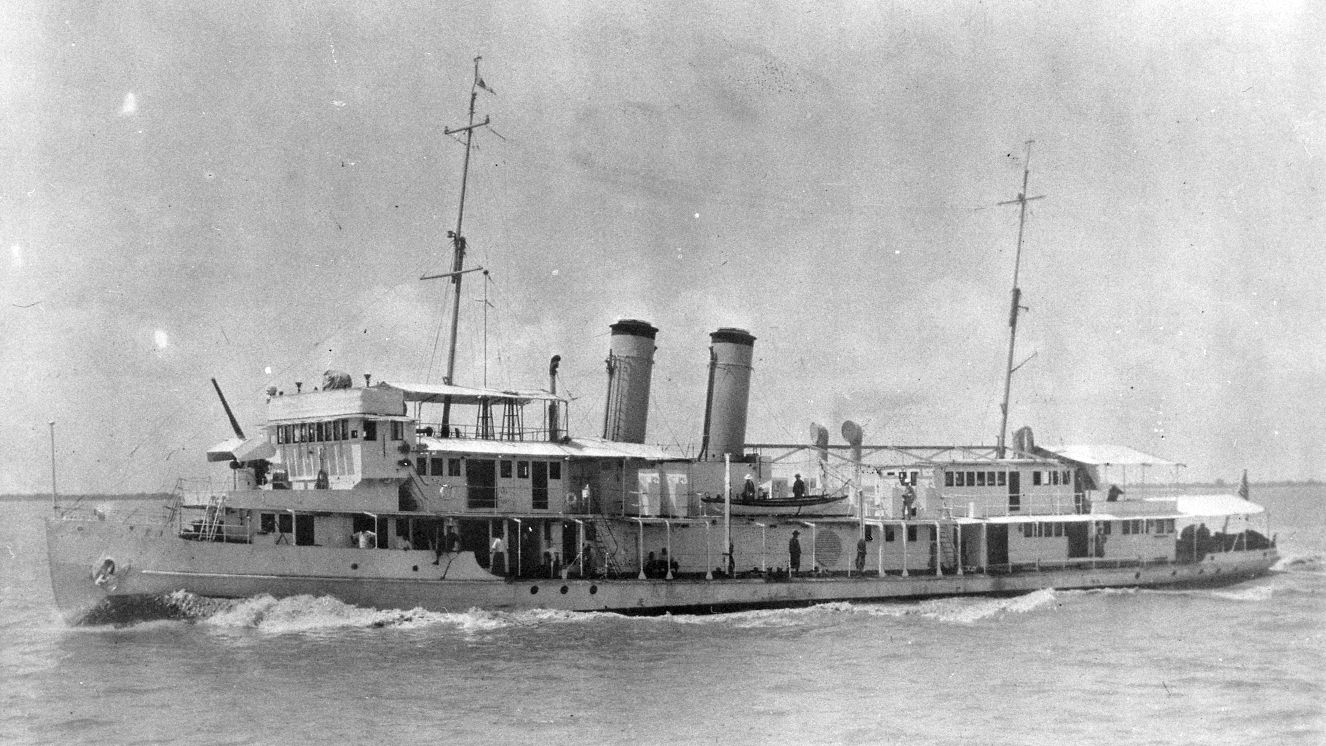WOUNDED KNEE ENDED THE AMERICAN INDIAN WARS BUT NOT THE CONFLICTS

Before the United States was founded, Native Americans roamed the continent many of us call home. In total, there were around 60 million throughout what would become known as the Americas, and clashes with the American government would be an unfortunate occurrence. There are many cases, none of them good, in which our government, and by extension military, didn’t act in the best faith of humanity. Wounded Knee was one of the final outright conflicts between the U.S. military and indigenous people. It would mark an end to the American Indian Wars, a conflict that remains a dark spot in our nation’s past. Read next:New Study Surfaces Detailing Racial Discrimination in the Military
What Happened at Wounded Knee?
Wounded Knee, sometimes known as the Battle of Wounded Knee or the Wounded Knee Massacre, was a conflict between the U.S. Army and Lakota warriors. The event took place on December 29, 1890. Here, it’s believed around 300 Native Americans would lose their lives, as well as 25 to 30 Soldiers. Part of the U.S. 7th Cavalry Regiment went to Wounded Knee Creek with the goal of disarming the Lakota Sioux tribe. Due to a previous treaty granting the right to bear arms, the Lakota warriors refused to give up their weapons. The U.S. Soldiers went to disarm them, causing an escalation from which there would be no going back. A shot was fired, and the battle ensued. Despite fighting back, the Lakota Sioux warriors were vastly outgunned. Both sides carried losses, but the tribe suffered the most, including violence against women and children. Following the disaster at Wounded Knee, the aftermath continued to layer a ripple effect of distrust and disharmony among the United States government and Native Americans. It was the end of the American Indian Wars but remains a lasting symbol of the injustice and violence tribes faced throughout history.
In What State Did Wounded Knee Take Place?
The Massacre at Wounded Knee was an event that occurred at the Lakota Pine Ridge Indian Reservation in South Dakota. At the time, battles and conflicts took place throughout various portions of North America. The Lakota Sioux, alone, occupied spaces throughout the Great Plains region of what is now the United States of America.
The 1973 Occupation of the American Indian Movement
Wounded Knee in 1973 would find itself at the center of yet another conflict between Native Americans and the U.S. government. The 1973 Wounded Knee Occupation, led by the American Indian Movement (AIM), was a protest to highlight the fact that the U.S. government didn’t honor its treaties. Formed in Minneapolis in July 1968, AIM began as a small movement looking to help improve the lives of Native Americans. But before long, it would grow into a movement that had international reach and wanted to gain back tribal sovereignty as well as treaty rights. The protest took place in the town of Wounded Knee, South Dakota, on the Pine Ridge Indian Reservation when a group of AIM activists and Lakota Sioux traditionalists began barricading themselves inside. These activists refused to leave, creating a standoff that would go on for 71 days. Despite negotiations and the government sending in federal agencies, there was some violence and plenty of discord between the sides. Eventually, this resulted in a failure for the activists to reach their goal, but it did shine the light on the issues Native Americans were facing and had faced over the years.
Remembering the Wounded Knee Massacre
There’s a saying about time healing wounds, yet we're not sure if that applies here. But if there is a silver lining, time can help us as a society reflect and reevaluate our past for a better future. The Massacre at Wounded Knee is a prime example. If we are to improve as a military and a nation, it’s important to remember the good, bad, and ugly and use these moments as stepping stones toward a better tomorrow. Wounded Knee is far from our proudest moment, but it’s still an important one to reflect on. Suggested read:Heroic Black Medal of Honor Recipients Had To Fight for Recognition
Image: American Indian Movement members and U.S. authorities meeting to resolve the 1973 standoff at Wounded Knee, South Dakota. Jim Mone — AP Images/Shutterstock.com
BY BUDDY BLOUIN
Buddy Blouin is a Contributing Writer at VeteranLife.com
Buddy Blouin is a Contributing Writer at VeteranLife.com



